

The first baseball game was played in 1846 in Hoboken, New Jersey. However, most sports historians argue that baseball’s “modern era” truly began in 1901, when Ban Johnson and Charles Comiskey established the American League as one of the United States’ two major leagues. Aside from a few tweaks here and there, baseball hasn’t changed since. For 114 years, the same game has frustrated, shocked, and delighted fans, and while other professional sports might be more popular, few have proved as resilient. Back in 1901, baseball established a strong foundation, and it’s been cruising along ever since.
Something similar can be said about MLB: The Show, video game consoles’ only surviving baseball sim. While NBA 2K is still fiddling with its controls, trying to make advanced moves more intuitive, and EA tweaks Madden’s defense mechanics almost every year, The Show doesn’t need to worry about those sorts of things. It’s already got the basics down. For all intents and purposes, The Show is baseball.
And that’s not necessarily a good thing. While MLB 15: The Show continues the series’ best-in-class excellence (not that there’s any competition), it doesn’t feel wildly different from past installments. That makes sense: baseball hasn’t changed, so why should The Show? However, most people need a good reason to plunk down $60 on a new game, especially if they bought last year’s version, and it’s not clear that MLB 15: The Show has one. What’s Sony San Diego supposed to do? Baseball is baseball, and the studio already nailed that.
For example, look at this year’s major gameplay addition, directional hitting. Using the left analog stick, players in MLB 15: The Show can aim their hits, making it easier to hit ground or fly balls or send a pitch to a specific side of the field. It’s a nice addition, but it’s not really new. Users could already guide the ball to certain parts of the field by waiting for the right pitch and timing bat swings. The directional hitting interface makes things easier, but it’s not really a new feature.
That’s the problem with MLB 15: The Show. When developers already have a near-perfect simulation, what else can they do? Obviously, the game looks better than ever. The introduction of season-specific sunlight might be a subtle change, but it adds a lot, giving more generic stadiums their own characters. New, situation-specific base running animations make the game feel even more fluid than before. The game just feels right, especially when it’s in motion. The sounds design is great, too. Close your eyes, and it’s easy to pretend that you’re really at the ballpark.
The players themselves look better, too. From Tim Lincecum’s long stride to David Ortiz’s short and deep swing to cover-star Yasiel Puig’s glorious bat flips, each and every player can be identified by their movements alone. Lesser known players’ faces occasionally veer towards the uncanny valley, but for the most part The Show gets the job done. MLB: The Show was one of the best looking titles on the PlayStation 3, and while the jump to the latest generation of consoles has exposed some of the underlying engine’s flaws, this is still a very pretty game.
Of course, last year’s installment of The Show looked pretty good, too, and it played almost exactly the same. If one puts MLB 15: The Show side-by-side with a much older version (this reviewer used MLB 10), it’s clear just how far the franchise has come. Everything is more fluid and intuitive in the new title, and it’s easier for players to lose themselves in the game. Compared to MLB 14, though, the latest edition of the series only shows minor improvement. The Show isn’t a franchise that grows so much as it evolves; other than the updated rosters, it’s hard to make a case for yearly upgrades.
There are some year-on-year improvements, of course. This is the first year that players can import saves from Franchise mode and Road to the Show (MLB: The Show’s single-player career mode) from older versions, and it’s a godsend. While some players might still opt for their annual visits to minor league clubs like the Jacksonville Suns or the Chatanooga Lookouts, far more will welcome the opportunity to pick up where they left off a year ago. Even virtual seasons of baseball take a long time to get through, and it’s nice that, for once, that investment doesn’t feel wasted.
Diamond Dynasty mode, in which players build teams from a collection of baseball cards, then challenge the computer or online opponents to one-off games, also received a few updates this year. Previously, cards expired after a set number of uses. Now, players will remain on Diamond Dynasty teams permanently, unless managers decide otherwise. Diamond Dynasty cards can be earned by playing other game modes, like Franchise or Road to the Show, or can be for real-life cash. With players sticking around, Diamond Dynasty becomes a lot more fun: it’s easier to get attached to a team, since the line-up isn’t always changing, and managing the roster is a lot less tedious.
Additionally, users can create their own custom baseball player specifically for Diamond Dynasty mode that absorb the other players’ stats. Simply “feed” the special Diamond Dynasty character unwanted cards, and he’ll grow, eventually becoming a jack-of-all-trades that can handle any position. It’s fun in a virtual pet kind of way, although without any concrete metagame, Diamond Dynasty feels more like the mutant child of Franchise and Road to the Show modes (with some micro-transactions thrown in for good measure) than a compelling game in its own right.
If there’s one area in which MLB 15: The Show falls short, it’s the presentation. Recent years have seen massive improvements to the game’s menus, and a new “Inside the Show” radio broadcast provides an easy way to keep track of the other teams in the game’s virtual leagues, giving seasons a better sense of narrative flow. However, MLB 15: The Show still has a long way to go before it reaches NBA 2K15’s status. Road to the Show is fun, but characters never feel like more than a collection of statistics. NBA 2K’s career mode is basically a sports-themed RPG complete with an emergent storyline, and MLB 15: The Show suffers by comparison.
Also, the in-game commentary is really disappointing. Play-by-play announcer Matt Vasgersian has been saying the same lines for almost ten years, while Eric Karros and Steve Lyons don’t contribute anything. Lines repeat ad nauseam, especially during Road to Show, and much of the time the commentary doesn’t really relate to the game itself. Case in point: sometimes, after taking a ball somewhere around the batter’s eyebrows, Steve Lyons will exclaim, “It’s hard to lay off a pitch like that!” No, Steve, it’s really not.
Still, despite the minor annoyances, MLB 15: The Show looks like baseball and it plays like baseball. Ultimately, that’s all anyone can ask. Like baseball,The Show isn’t gentle on newcomers; PlayStation 4 owners who just want to rack up some strikeouts and hit some dingers should check out Metalhead Software’s Super Mega Baseball, which is infinitely more forgiving, and honestly just as fun.
However, for people who spend hours debating whether pitcher wins and losses are valuable statistics (they’re not) or swear they could do better than their favorite team’s General Manager, it doesn’t get much better than The Show. New players will find that The Show rewards hard work and dedication. By taking the time to figure the game out, players won’t just get better at baseball video games, they’ll learn more about the actual sport, too.
As a baseball simulator, MLB 15: The Show delivers on almost every front, and it would be unfair to penalize the game for being too good, for too long. However, a good review score doesn’t necessarily mean that the latest edition is worth $60, especially to players who bought last year’s version. Those who haven’t checked out The Show for a while will find a lot of value here. Everyone else, though? Download some fan-made rosters and stick with MLB 14 for a couple more years. You won’t miss much.
MLB 15: The Show is out now for PlayStation 3, PlayStation 4, and PlayStation Vita. The PlayStation 4 edition was used for this review.
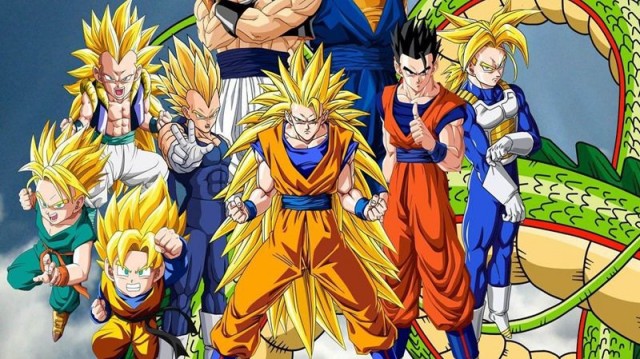

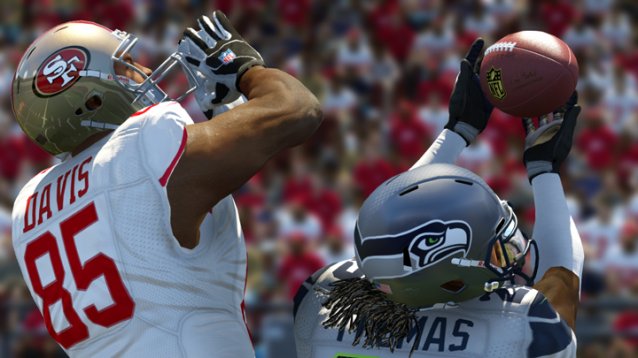
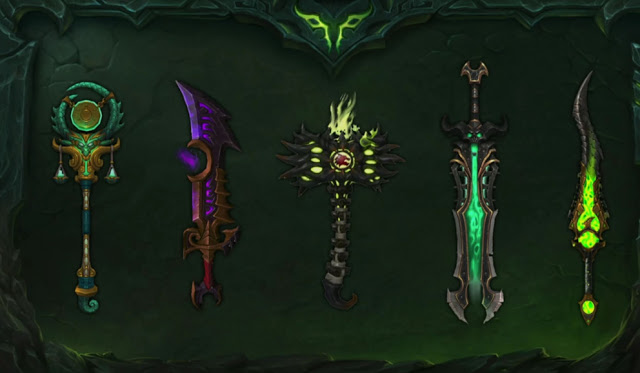
 Moonster Safe Walkthrough
Moonster Safe Walkthrough Samsung Delivers Hybrid Action with the Galaxy Flash Note
Samsung Delivers Hybrid Action with the Galaxy Flash Note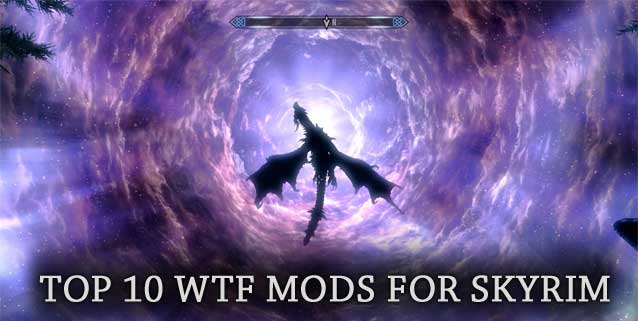 Top 10 WTF Mods For Skyrim
Top 10 WTF Mods For Skyrim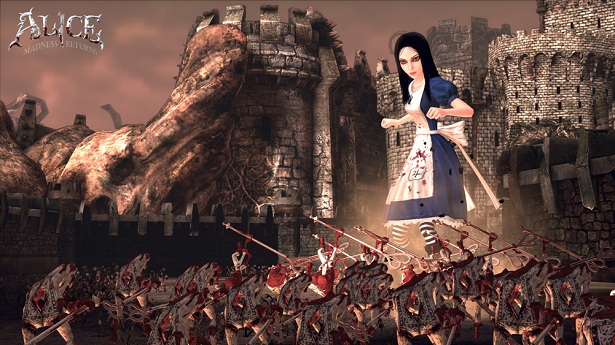 Alice: Madness Returns Walkthrough
Alice: Madness Returns Walkthrough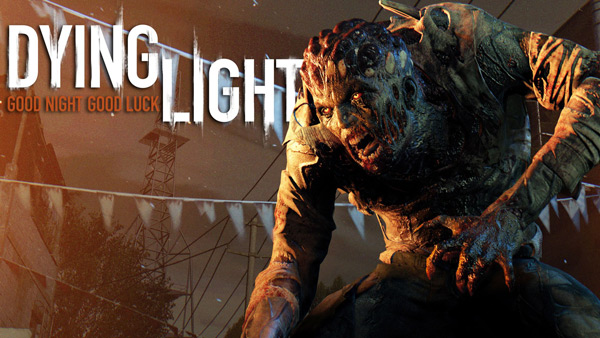 Infinite Dying Light Weapons with Duplication Glitch Guide Post Patch 1.05
Infinite Dying Light Weapons with Duplication Glitch Guide Post Patch 1.05